After a hands-on preview of the first three chapters of Dynasty Warriors: Origins back in November 2024, Origins became one of my most anticipated releases of 2025. The first three chapters got me hooked, and I not only wanted more of the fast and simply fun-to-play combat I’d come to expect from the franchise, but I was genuinely looking forward to continuing the story.
Admittedly, this is not quite something I had expected going into a Dynasty Warriors game, especially once again telling the tale of the Romance of the Three Kingdoms, a tale the series has already told man,y many times. But I found the angle of placing the story and its direction more in the player’s hands an exciting and enjoyable way to push the hack-and-slash series forward in terms of storytelling.
Thankfully, developer Omega Force doesn’t let its foot off the pedal after the first three chapters, and in fact, things only get bigger and better as Dynasty Warriors: Origins progresses, both in terms of battle size—arguably the franchise’s staple feature—and absolute scale.
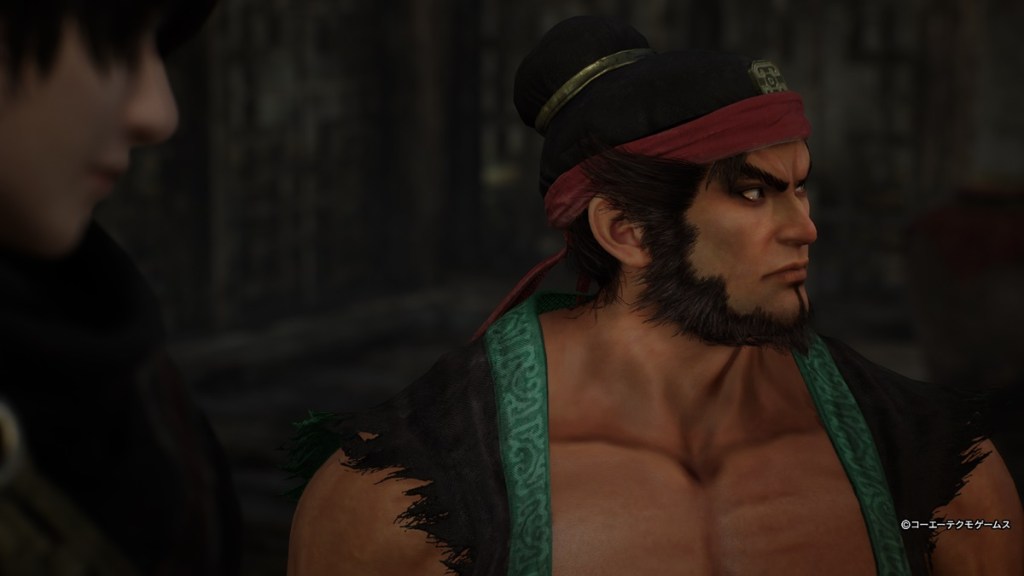
Dynasty Warriors: Origins (PC, PS5[reviewed], Xbox Series X|S)
Developer: Omega Force
Publisher: Koei Tecmo
Released: January 17, 2025
MSRP: $69.99
Dynasty Warriors: Origins kicks off at the beginning of the Yellow Turban Rebellion, a period of peasant revolt and uprising in Chinese history that is essentially the progenitor of the fabled Three Kingdoms period. Players take on the role of The Wanderer, a formidable warrior experiencing amnesia at the time the events of the game kick off. Now, typically, I’d argue that an amnesiac main character is a bit bromidic in nature, but it fits what Omega Force is doing with the essential reboot of the franchise with Origins.
Even though the Romance of the Three Kingdoms saga has been told time and time again in this franchise, using an actual single player character rather than having you play as various historical leaders and soldiers from the period opens up unique narrative points for Omega Force. Throughout the game, you’ll make friends and enemies with characters from each dynasty and are often given the choice of who to side with and join on the battlefield. It’s a much-welcomed and pleasant surprise to play a Dynasty Warriors game where you get to make some choices that actually feel like they matter and have some weight behind them.

As someone who’s always appreciated the historical period in which the series takes place, this is the first time I’ve felt an actual bond with the characters rather than just assigning a “good guy/bad guy” label based on whether they were an ally or foe on the battlefield. Speaking of bonds, there’s an actual Bond System at play that allows you to grow your relationship with various lords and officers from the Three Kingdoms era, unlocking unique story events with them as well as unique rewards. Maxing out a bond with a character leads to a special cutscene highlighting the bond between you and that character.
While I do think the unique player-created character being the MC was the right move, it did, unfortunately, affect the overall connection I had to the main character in a negative way. Throughout most of the campaign, your character is rather reserved and unemotional, mostly due to the fact that he doesn’t even remember exactly who he is which is. As you progress through the story, your memories return, but in the end, I found myself more interested in the connections I made with the various other major characters rather than my own character.
There are ten weapon types throughout Dynasty Warriors: Origins, most of which unlock as you play through the campaign, with the Halberd unlocking after completing the campaign. The weapon type you use dictates your playstyle, Battle Arts (essentially skills in battle), as well as the combos and attacks of both your Heavy and Light attacks. Each time you use a weapon of a specific type, you’ll build up your proficiency with it, unlocking new attacks and combos with them. It also progresses your overall Rank, increasing your character’s Health, Attack, and Defense, meaning changing it up and trying out new weapon types can still build your character strength even if you end up not sticking with it.
I found myself drawn to the Twin Pikes weapon type, massive axe-like weapons that your character wields in each hand. I felt like a full-on berserker, cleaving through hordes of enemies with ease while occasionally jumping into the air to leap slam down on my opponents with the Twin Pikes. They deal a ton of damage—in my limited testing, possibly the most overall outside of the late-game unlocked Cresent Blade and the post-game unlocked Halberd—and come with a ton of AoE attacks to really mow through battles.
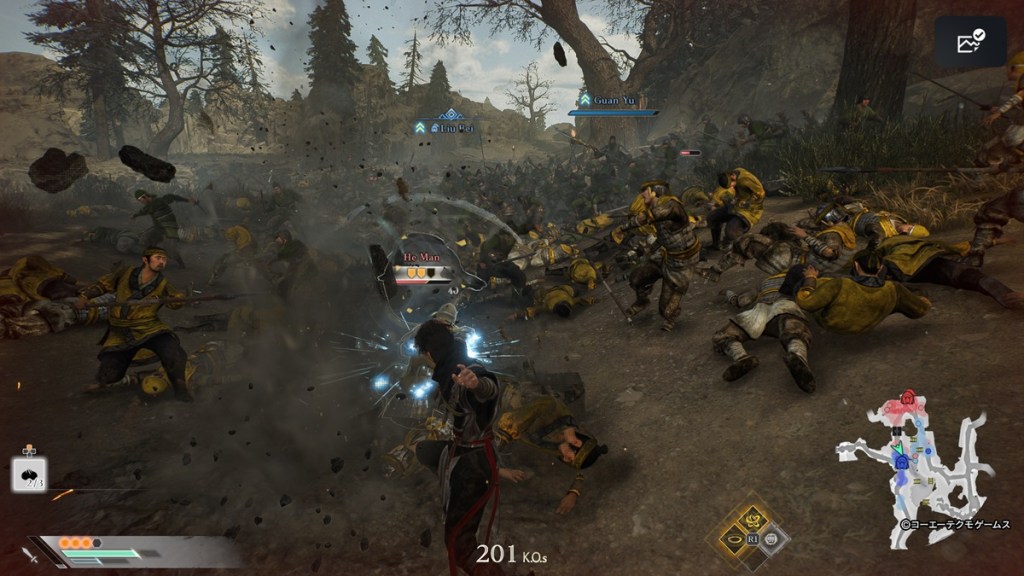
Each weapon type also has some unique cadences that you can learn and execute to give you even more of an edge for dedicating the time to learning the weapon. For example, with the Twin Pikes if you hold Guard and then initiate a Heavy Attack and continue to spam the Heavy Attack button, you’ll spin around whirlwind style—like I said, a berserker—continuously. If you manage to time your final Heavy Attack press right as the attack lands, the final attack is empowered, dealing more damage and resulting in a cool enhanced attack animation.
Thinking back on my childhood experiences with the Dynasty Warrior franchise, it’s easy to remember what made them stand out so much: the massive battles. With Origins, Omega Force redefines massive battles, with some maps hosting up to 10,000 soldiers on the screen at a time. As you progress through the campaign, the battles not only get bigger but more intense as well. Along the way your army will grow as well, giving you access to new Tactics that will allow you to issue commands to nearby soldiers in your army. The Tactics you can use range from issuing a charge to cut off an advancing army or launching a targeted arrow strike to thin out numbers.
This added gameplay element felt like a refined version of the system in Bladestorm, another series by Omega Force and Koei Tecmo that features massive battles, and it’s a welcome addition. There are also times when the Tactics you issue are incorporated with major development points in the historical story of the battles you are fighting in, resulting in sweeping changes to the battle and even the battlefield. The ability to so fantastically interweave the storytelling into warfare is impressive and a big step forward for the narrative approach of the series that until now has been rather lacking. And, it’s all done without holding back the core strength of the franchise: its fast-paced hack-and-slash combat. If anything, it amplifies it.
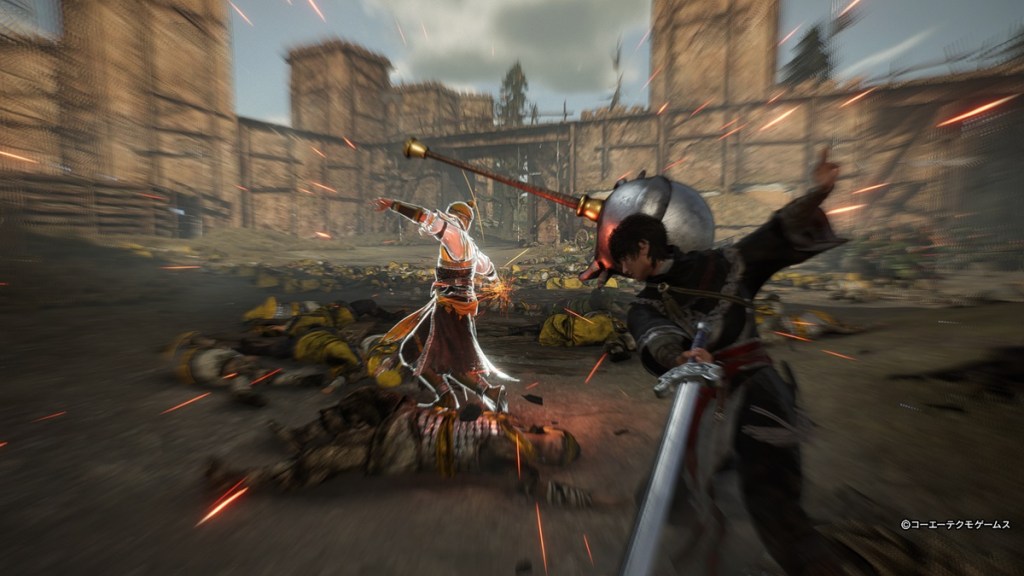
Completing the Dynasty Warriors: Origins campaign unlocks a New Game Plus mode that allows you to continue building your character from where you ended the campaign while going back and exploring the various choice points throughout the game and giving you the opportunity to see how things differ based on your choice. You can change which faction you join, to see how the entire story would have unfolded had you joined that faction instead, all while continuing to level and power up the same character. In this sense, the NG+ mode feels more like the classic replayable grind of the series and one that I actually look forward to doing, which hasn’t been the case since Samurai Warriors 4 for me.
Everything that makes Dynasty Warriors great has been built on and amplified in Dynasty Warriors: Origins. The fast-paced combat is more fluid and satisfying than ever, and I think the decision to allow players to build up their own character is the right move for the franchise moving forward. I wasn’t sure how Omega Force could take a series coming up on three decades old and make it appealing to newcomers while appeasing long-time fans, but they found a way. For me, this is the best Dynasty Warriors yet, and I’m excited to see what’s next.
[This review is based on a retail build of the game provided by the publisher.]





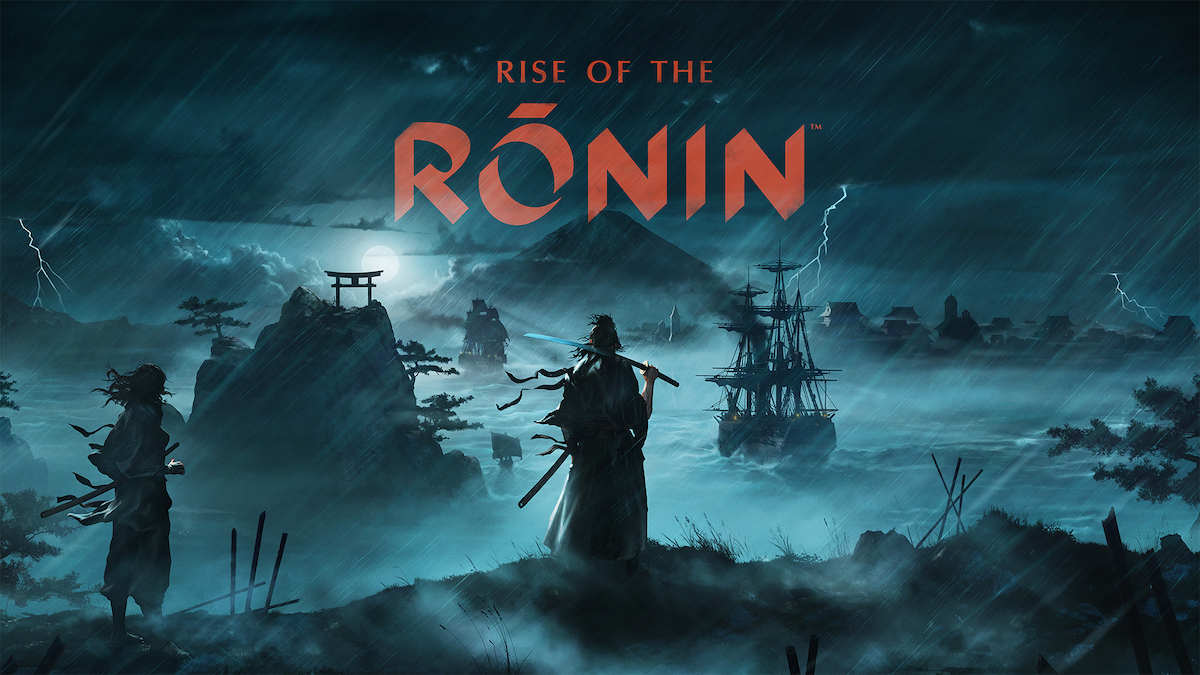
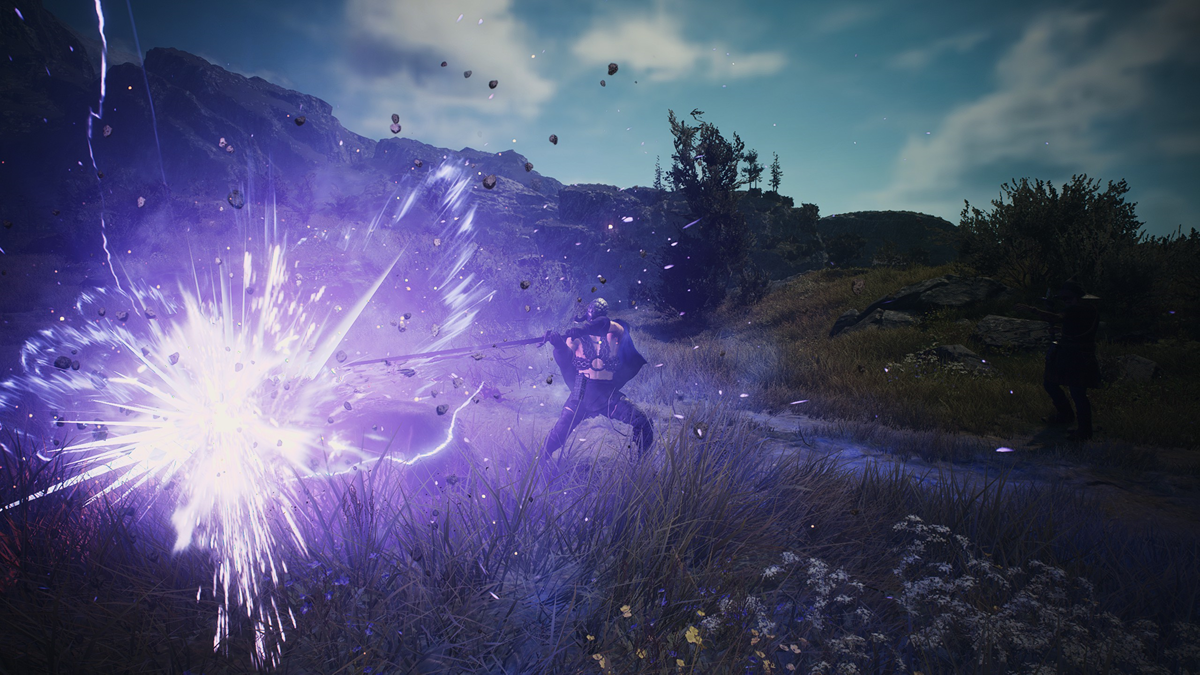


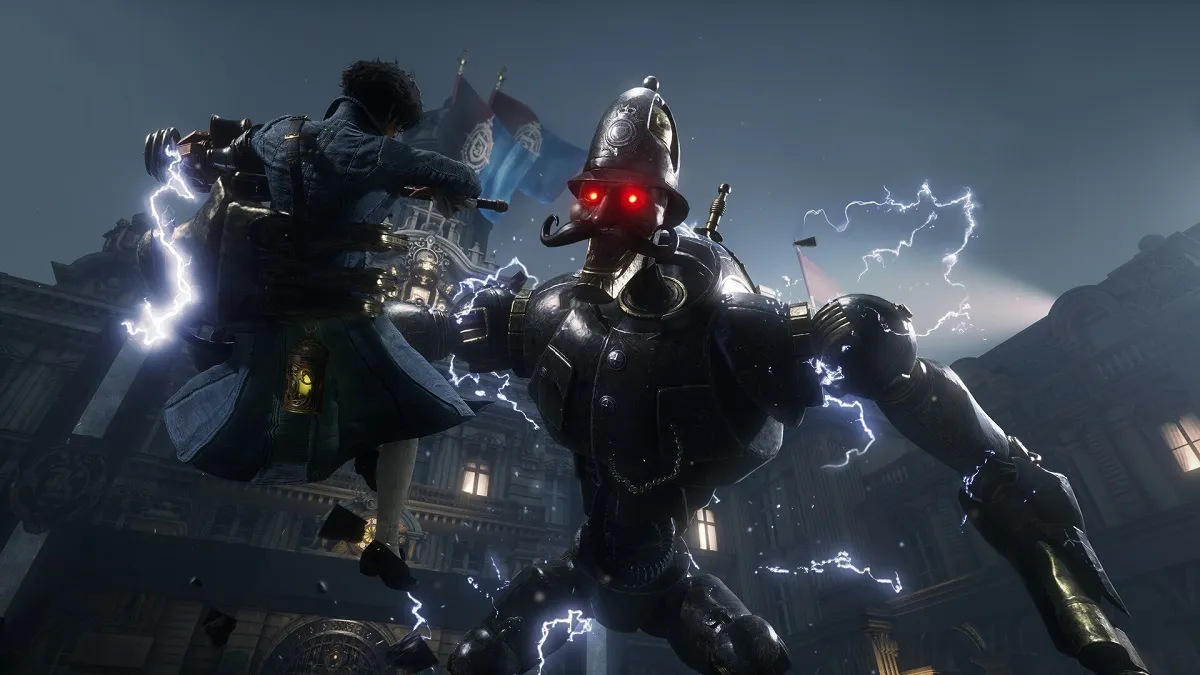



Published: Jan 15, 2025 2:00 PM UTC